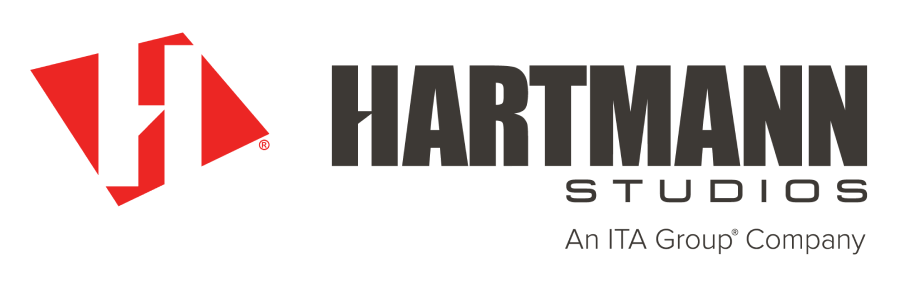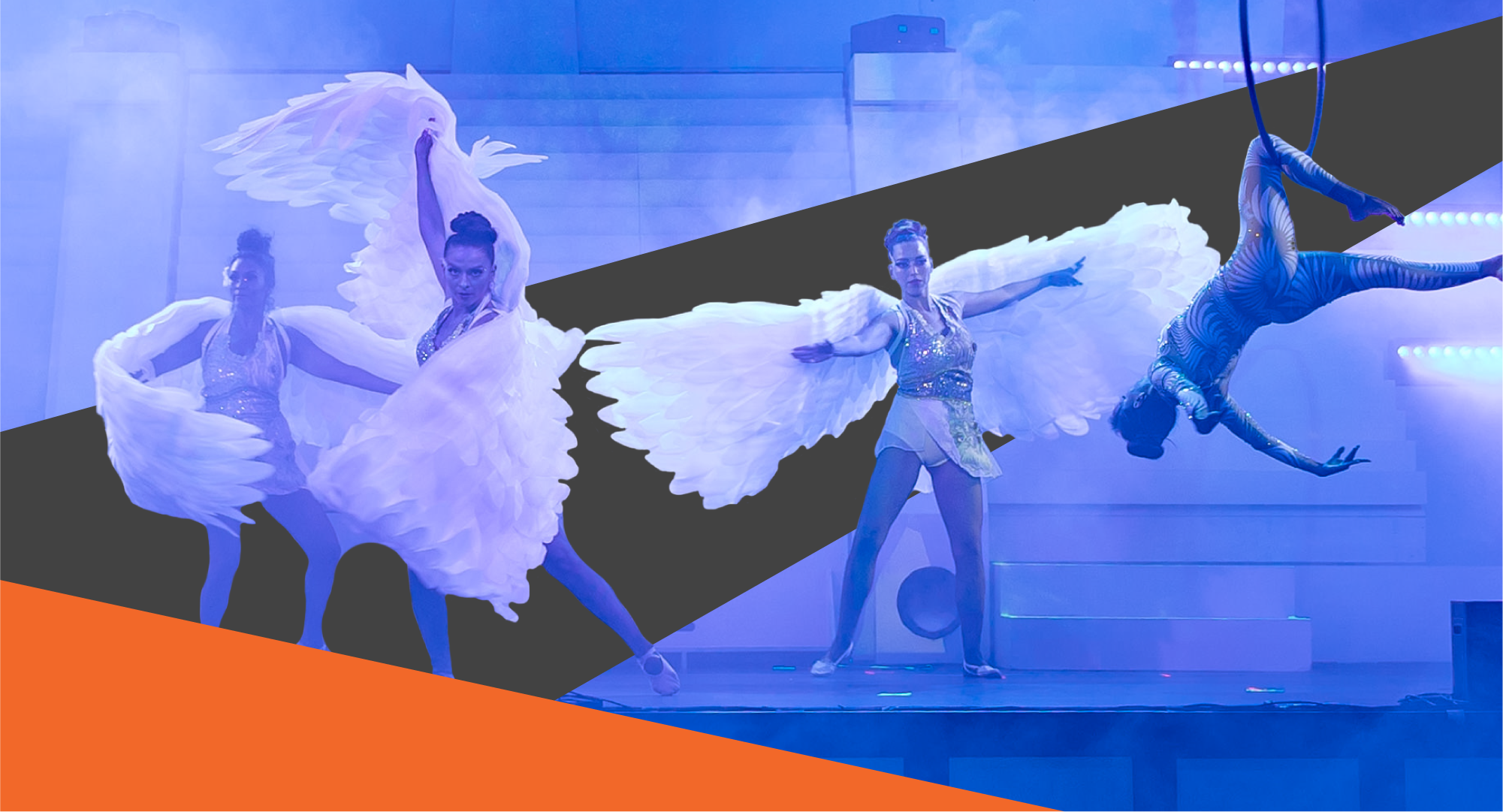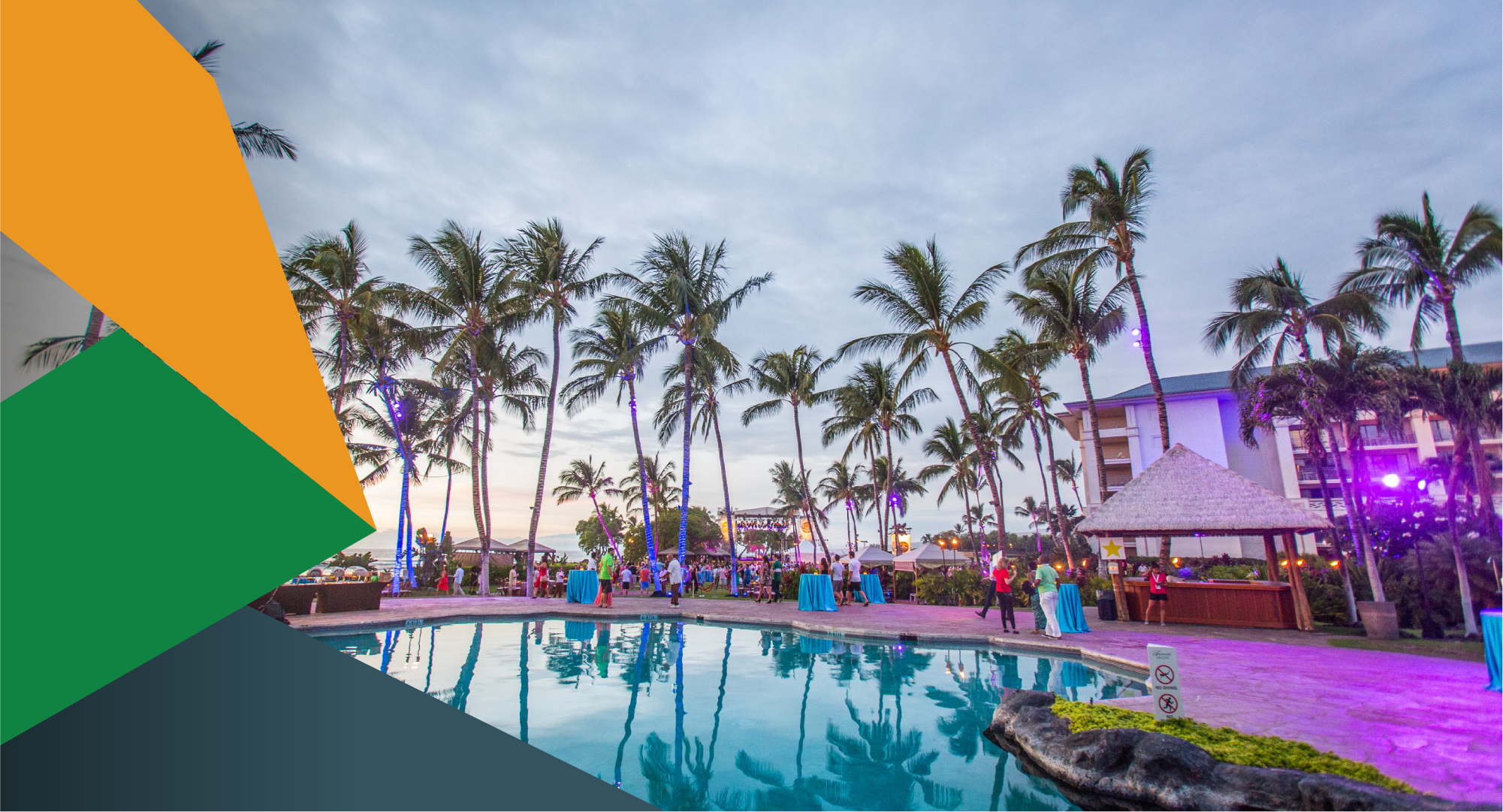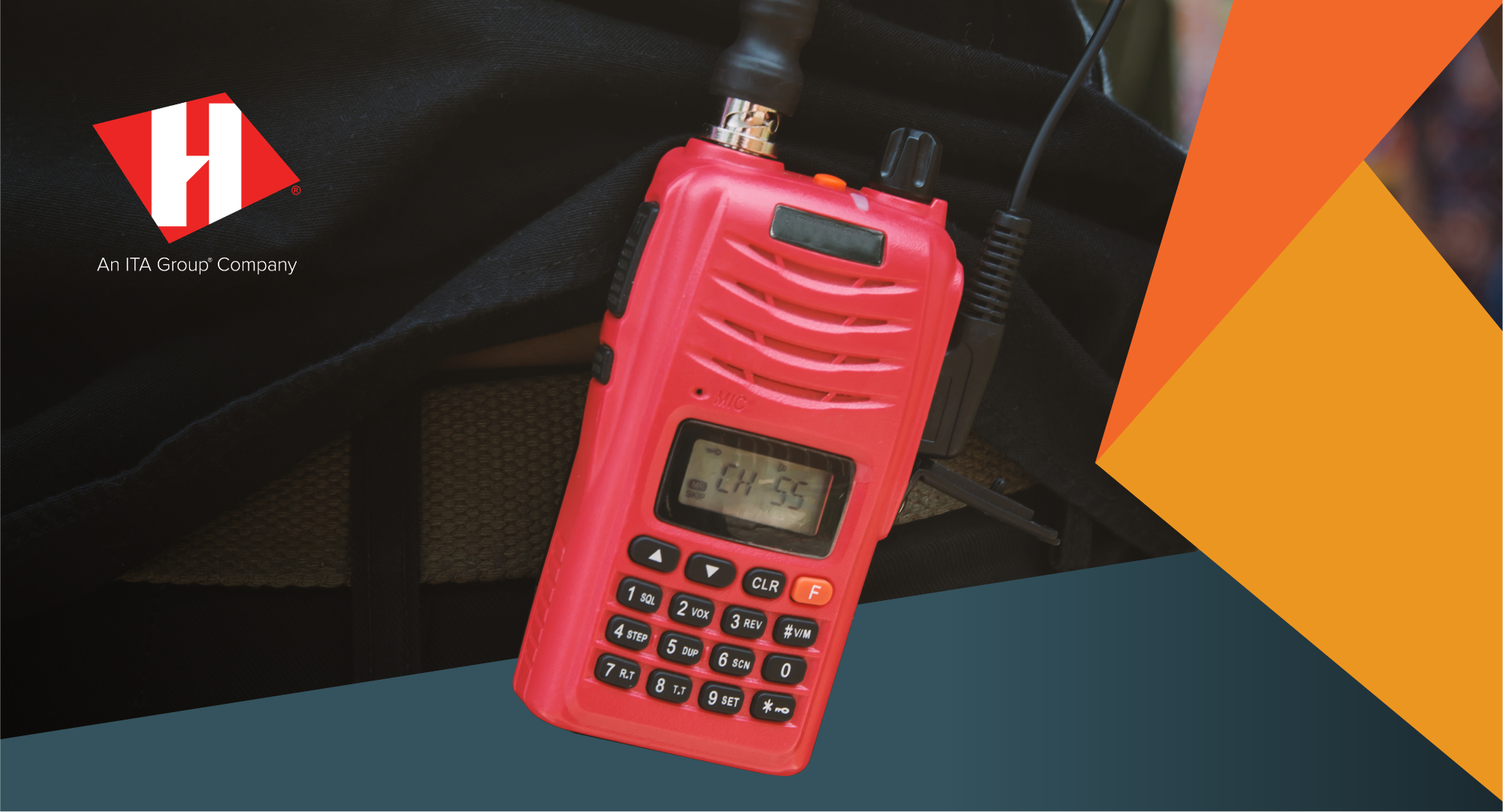“Story First” Event Design (Part 2): Setting the Scene
Friday September 6, 2024
5 Min Read
What you need to know
- Setting is a key element of event experience design that includes venue, staging and more.
- Event planners should take cues from the creative brief to align the event environment to business goals.
- Successful event settings reinforce brand messaging and support attendee engagement.
In a “Story First” event planning approach, the setting is about so much more than where your event is held. Settings evoke a mood, but they also have the power to define and even change characters. Think of the deep, dark forest in fairy tales or the Millennium Falcon in Star Wars. A well-designed event setting supports the attendee’s journey and reinforces the main message.
As an established brand experience agency, we’ve worked with clients worldwide on all aspects of event design and execution. Part one of our series on “Story First” event planning introduced the importance of creating a cohesive narrative. Event strategy starts with uncovering what you want attendees to think, see, feel and do—then, capturing that information in a creative brief.
In this post, we’ll highlight key “scene setting” aspects and share examples of how we’ve accomplished creative brief goals by aligning messaging and design.
Imagine your ideal event setting
Successful event settings consider space, time and the attendee path of travel. These considerations should all tie back to the “red thread” defined in the creative brief:
- Venue selection: If your event needs to make a bold statement, a confined space won’t do. Explore city venues with 40-foot ceilings, historic or dynamic infrastructure or sweeping skyline views. If the venue has already been selected, we shift to how we can enhance or own the given space.
Tip: Global organizations often choose to host events in multiple locations. For Adobe’s 40th anniversary celebration, we developed a custom approach for each of the 49 event locations across 28 different countries. The result was a string of cohesive yet refreshingly local experiences, including a private concert for 4,500 attendees at the Chase Center in San Francisco.
- Space planning: To evoke casual confidence, consider the flow of the floor plan. Make it easy to navigate and leave room for laid-back, one-on-one and small group conversations. When we worked with Cisco on their trade show design, we drew inspiration from their Smart+Connected Communities portfolio. Instead of a traditional row-by-row expo, a concentric layout flowed like a well-planned, circular city. Every curve encouraged interactions and engagement, and the latest technology was at the core of the experience.
- Staging: Make the stage a destination that draws attention to your content. Incorporate innovative stage designs and dynamic digital integration to fully immerse the audience. We’ve worked in unconventional settings, even incorporating the live construction site at the Chase Center into a groundbreaking backdrop that featured a “backhoe ballet.” We’ve also worked magic on micro scales, transforming a boxcar into a branded stage for crowd-pleasing demonstrations at a barbecue festival.
Related: Explore stage design strategies that create a memorable audience experience.
- Environmental Design: Plan captivating spaces that greet attendees as they enter. Dynamic lights, colors, graphics, and atmosphere set the tone and tenor. Gather ideas and create a mood board to help set the scene with a visual identity. Smart backdrops enhance the narrative, transforming regular rooms into stages where the story unfolds.
Tip: Choose colors wisely. Thread signature hues throughout the event. Use brand colors for furnishings, food and beverage choices, signage, activations, communications and more to guide attendees through their experience. In one corporate event we pitched , going grayscale helped guests stand out. Our #thanksforyourcolor storyline emphasized their contributions to the organization’s success.
- Event sequence: Timing informs the use of physical space, too. Change the lighting as the event transitions from daytime network to evening event ambience. Flip spaces to accommodate fresh activations and reveal additional spots to explore throughout the program. Like hands-on labs to test newly announced tech.
- Gifting zones: Boutique areas where attendees “shop” among curated items are part of the on-site experience. Select items that will serve as a lasting reminder of the setting.
“Story First” approach in action: Creating an immersive experience
End-to-end execution brings all strategic elements together. CrowdStrike amplified their message and stood out from established tech giants when they harnessed the power of storytelling for a conference event. We designed the creative event strategy inspired by the host brand’s primetime commercial spot, which featured a band of cyborgs riding into a dusty Western town to wreak havoc.
Extending that tale, we transformed multiple rooms in a major museum into a lively pioneer town, filled with futuristic characters and engrossing experiences. Bionic tattoos. Vapor cocktails. Table games and a flash mob dancing to “Texas Hold ‘Em.” Each detail pulled guests deeper into a journey. Dropping attendees into the action turned the brand’s “We stop breaches” tagline into an immersive event that generated instant buzz and lasting memories. Read the full story here.
Settings support experiences
The CrowdStrike conference party is just one example of how an immersive setting goes beyond being a backdrop for fun photos. It focuses the audience on the moment and message by taking them out of their everyday surroundings. In our next installment of this Story First event planning series, we’ll explore engaging activation ideas, and how multimedia can strengthen and deepen a brand experience.
Reinvent how you reach your audience with staging and storytelling ideas from our collection of case studies.
Read more stories
View AllAll Posts
Event Design for All 5 Senses
What you need to know When people ask about the lasting impression of an event, the question is often framed around flavor: What kind of taste did the experience leave? Content and messaging matter. But for creative event marketers who want to create a positive memory, incorporating multisensory elements is a must. Caring for the...
5 Min Read
All Posts
How Event Strategy Enhances Incentive Travel Experiences
What you need to know When top performers achieve career heights, they’re looking for more than spectacular views. Earning a corporate incentive trip signals entry into an elite circle. Especially when organizations merge luxury settings with high-impact events that participants could never coordinate on their own. Appealing to competitive personalities requires activations that go beyond...
4 Min Read
All Posts
How to Develop a Security Plan for Corporate Events
What you need to know Before attendees fully engage in an event experience, they must feel safe. That’s why security planning is foundational for successful live events, at any scale. From hosting a group of executives for an intimate dinner to a city-wide celebration in the streets: behind every seamless experience is a well-designed safety...
5 Min Read



